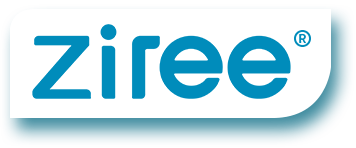What is psoriasis?
Psoriasis is a chronic, hereditary, non-contagious skin disease with scaling and inflammation on any part of the body.
Psoriasis includes: plaque, pustular, erythrodermic, furunculosis or inverse type.
The typical clinical manifestation is scaly erythema, which is difficult to treat and is often a lifelong condition.
What causes psoriasis?
Psoriasis is a disease that is induced by a combination of genetics and environment.
Many people with psoriasis symptoms have a family history of psoriasis.
Heredity seems to play a large role in the development of the disease.
People with psoriasis go through periods of deterioration and then the condition improves.
Many times, the skin's response is moderated by changes in stress, climate or infection.
The primary role of immune system T cells is to fight off infection, but a dysfunctional immune system can cause T cells to respond differently, prompting the skin to produce skin cells too quickly.
In unaffected skin, the normal cycle of skin cell production is 28 to 30 days.
Skin affected by psoriasis produces new skin cells every 6 to 8 days, so there is not enough time for the old cells to dry out and fall off naturally.
How to treat?
UV PhototherapyNarrow-band UVB, which emits a portion of the UV spectrum band, is most helpful for psoriasis. Narrowband UVB therapy is superior to broadband UVB. Patients may need several short intervals of narrowband UVB therapy to improve their skin. Once the skin has improved, weekly maintenance treatments may be sufficient.
Psoralen and ultraviolet A phototherapy (PUVA). This treatment combines oral or topical application of a medication called psoralen with exposure to ultraviolet A (UVA) light. Psoralen makes the skin more sensitive to this light. PUVA is usually used when more than 10% of the skin is affected or when the disease affects a person's occupation. PUVA therapy clears psoriasis more consistently and with fewer treatments than broad-band UV therapy, which is given two to three times a week.

